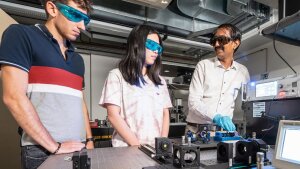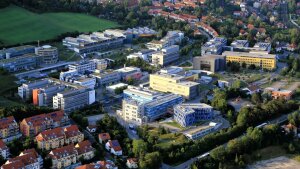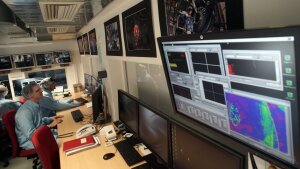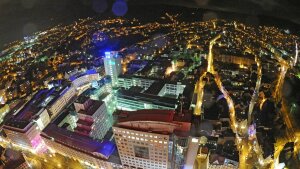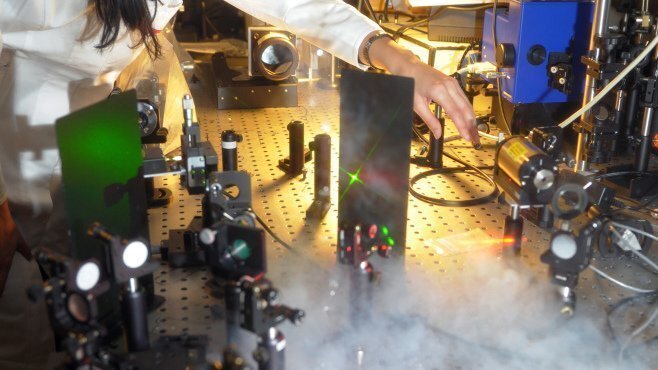
Introductory research courses in small groups (1st semester)
Extensive hands-on experience is one of the most valuable attributes of any true expert in photonics or quantum science. To enhance students’ laboratory experience from the very beginning, both the M.Sc. in Photonics and the M.Sc. in Quantum Science & Technology include practical courses (corresponcing to six ECs/ Master credits) that make use of research-grade components and equipment. Experiments are carried out in small groups of two to four students under the supervision of senior researchers.
Internships during the Master programs (2nd-4th semester)
Practical training in the Master’s programs continues through internship-equivalent modules in the second and third semesters and culminates in the Master’s thesis in the fourth semester. For each of these modules, an eligible supervisor from the ASP faculty must be appointed. The selection of an internship is strongly influenced by the individual student’s interests and level of initiative.
Most internship placements are offered at institutes within the Abbe Center of Photonics at Friedrich Schiller University Jena. In addition, internships and Master’s theses may also be completed at associated research institutions in Jena or, in some cases, with national partners from academia or industry.
